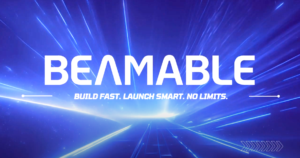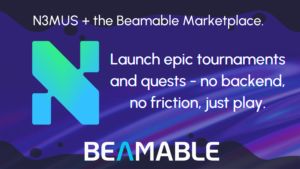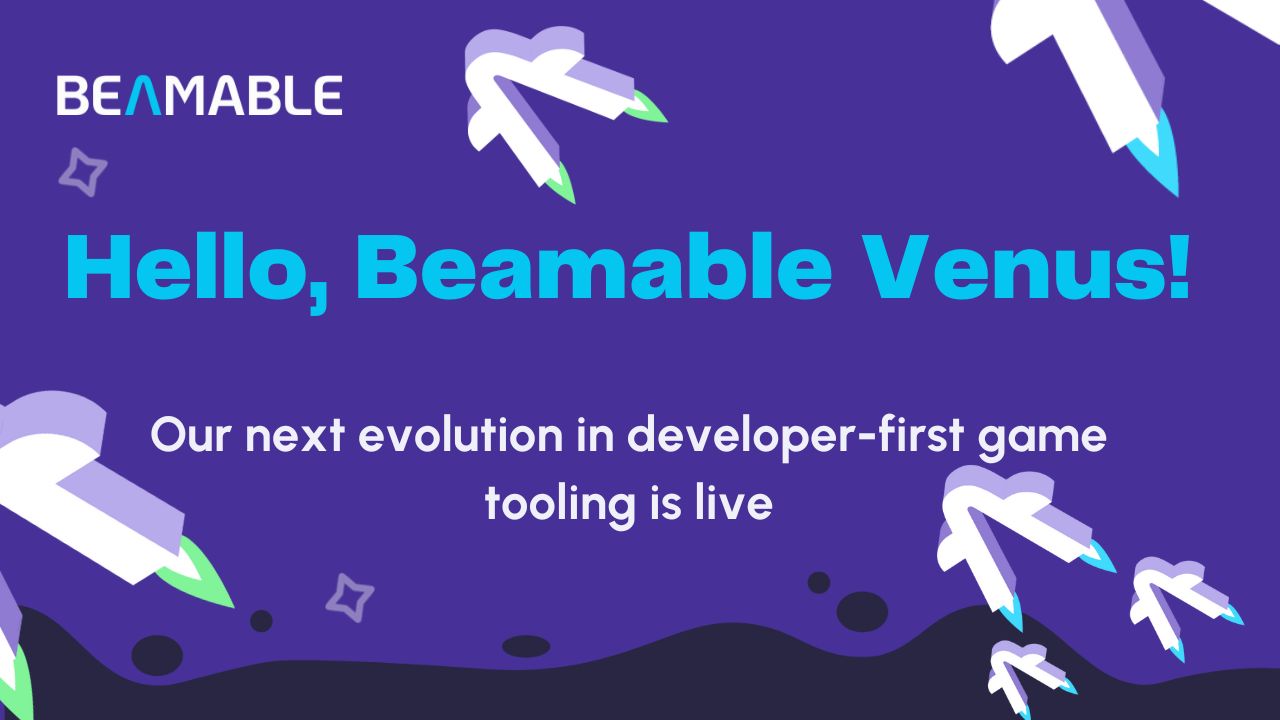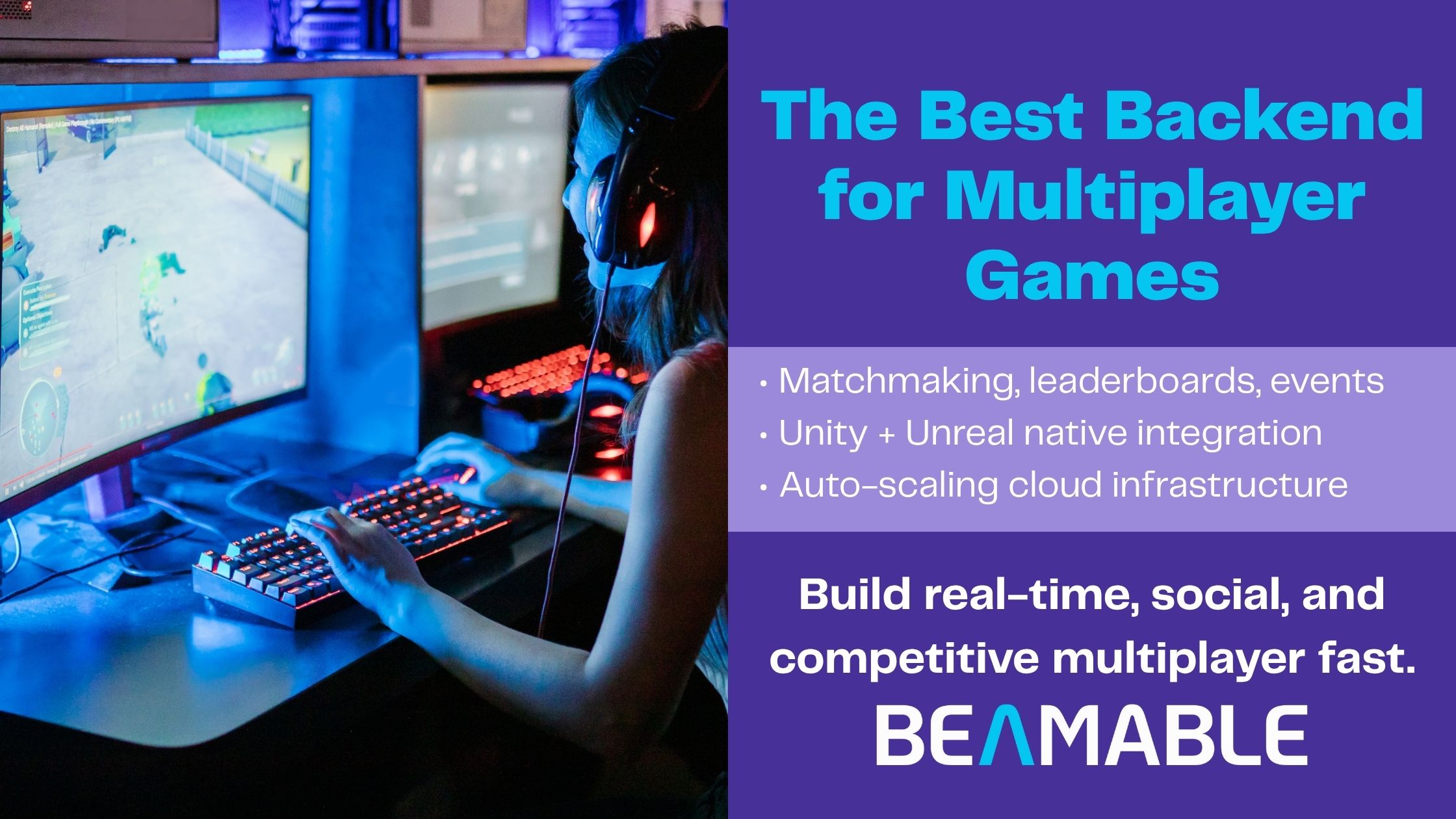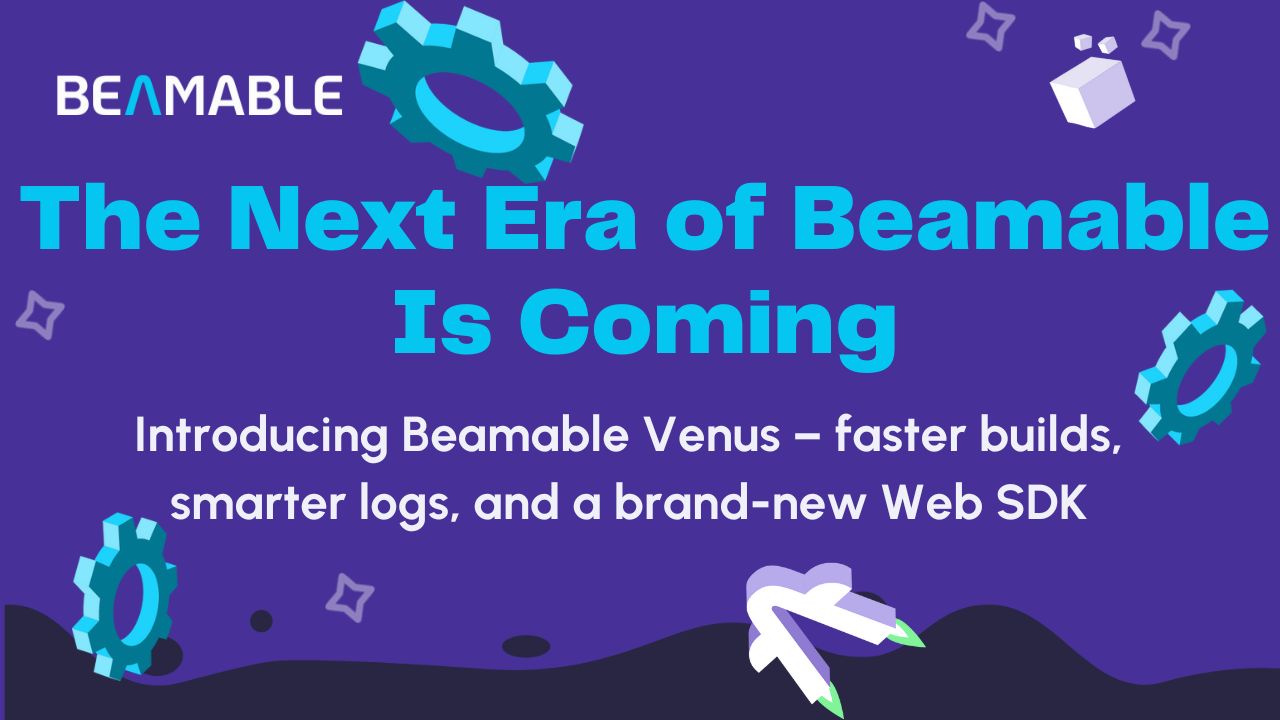Unblocking Your Roadmap with Better Tech Choices
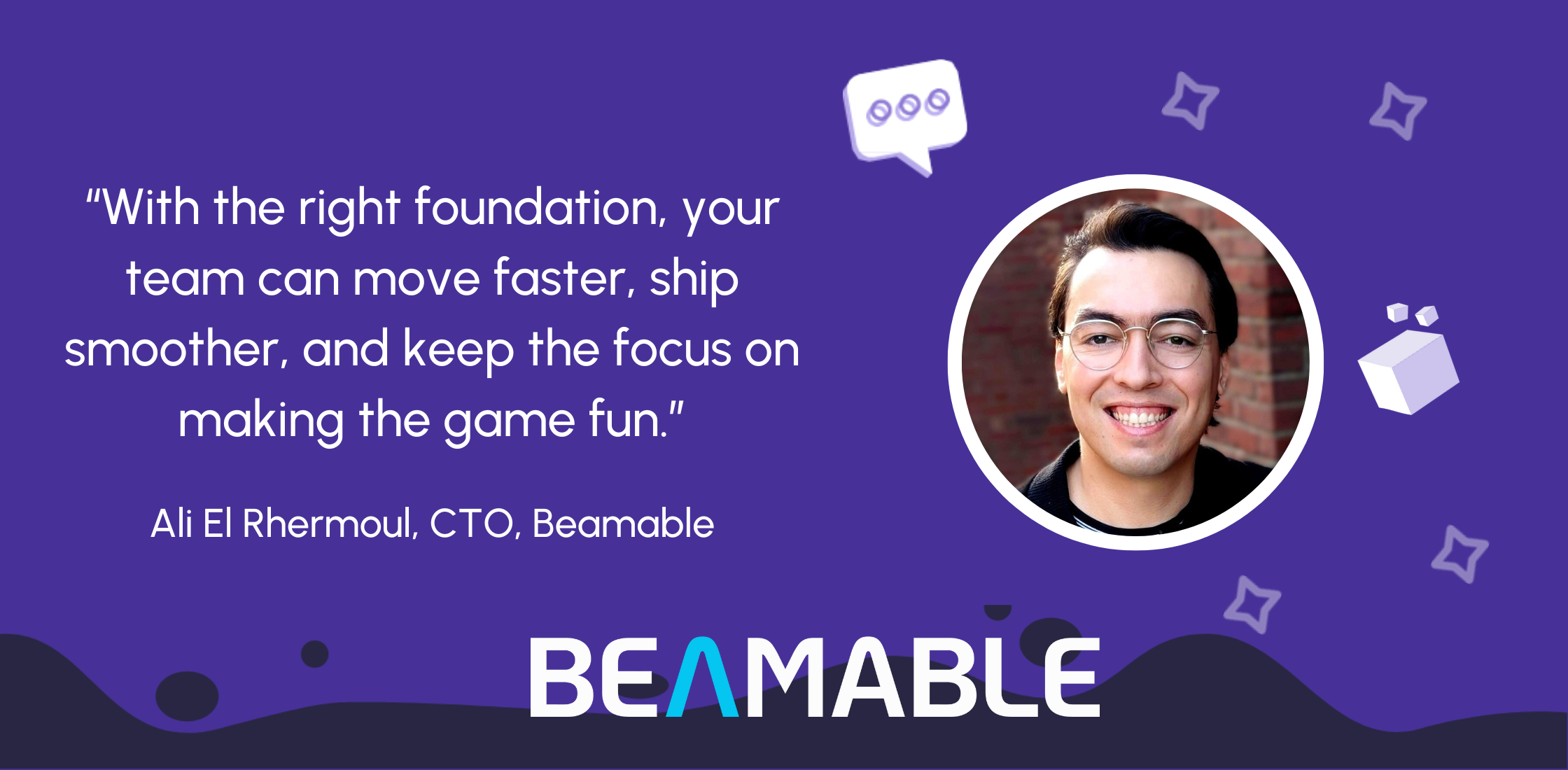
Unblocking Your Roadmap with Better Tech Choices
What is the backend bottleneck in game development?
Every studio starts with the same dream: make a great game, grow an audience, and keep players coming back. But somewhere between concept art and live ops, the backend bottleneck appears—and suddenly, your roadmap slows to a crawl.
It doesn’t matter how fun your core loop is if your team is stuck wrestling with infrastructure. If your engineers are patching servers instead of prototyping features, or if a simple UI change means weeks of backend rework, you’ve hit the bottleneck.
What is the hidden cost of building your own backend?
Most developers underestimate the ongoing cost of backend engineering. What starts as “just a leaderboard” or “just a login system” quickly grows into:
- Matchmaking
- Player inventory
- Live events
- Notifications
- Payments
- Analytics
Each system becomes a permanent maintenance burden. For small studios, that means slowed innovation. For larger studios, it means millions diverted into infrastructure that doesn’t differentiate your game.
How do you know you’ve hit the backend bottleneck?
- Delayed Features: Promised content slips because backend updates aren’t ready.
- Overloaded Engineers: Gameplay coders spend more time debugging infrastructure than building fun.
- Unpredictable Costs: Cloud bills spike as player numbers grow, eroding your margin.
- Fragile Live Ops: Downtime, lag, or broken events risk your relationship with players.
How can better tech choices unblock your roadmap?
The way out isn’t brute force—it’s making smarter choices. Backend shouldn’t be the anchor dragging your roadmap. Instead, it should be the platform that accelerates it.
“Every developer has felt the pain of waiting on backend fixes before they can ship a feature. That frustration isn’t inevitable. With the right foundation, your team can move faster, ship smoother, and keep the focus on making the game fun.”
— Ali El Rhermoul, CTO, Beamable
That’s why Beamable exists. With Unity- and Unreal-native SDKs, pre-built microservices, and a private cloud deployment model, Beamable gives studios the foundation to:
✅ Ship Faster: Skip months of backend build time with ready-to-use services.
✅ Scale Confidently: Grow from hundreds to millions of players without downtime.
✅ Stay Focused: Keep your team building gameplay, not reinventing infrastructure.
Real-world proof: How studios unblock their roadmaps with Beamable
When Mythical Games launched Pudgy Party, they needed infrastructure that could handle scale on day one. By deploying on Beamable’s Private Cloud and leveraging pre-built services like matchmaking, leaderboards, and notifications, their developers stayed focused on gameplay instead of backend plumbing.
Similarly, the team behind Doctor Who: Lost in Time used Beamable to support live events and real-time player engagement. Rather than losing months to building custom infrastructure, they tapped into ready-made systems and launched faster—without sacrificing reliability.
Why does this matter for game studios?
When backend is solved, your studio can return to what matters: delighting players.
- New features roll out faster.
- Live events become reliable.
- Creative teams innovate without waiting on infrastructure.
The bottleneck isn’t inevitable. The right backend choices today can open the door to a smoother, faster, and more sustainable roadmap tomorrow.
FAQ: Beamable and Backend Bottlenecks
Q: What is the backend bottleneck?
A: The backend bottleneck is when infrastructure limits the speed of feature development, live ops, or scaling, slowing your roadmap.
Q: Why is building your own backend risky?
A: Custom backend systems create permanent maintenance burdens, unpredictable costs, and slower innovation.
Q: What is Beamable?
A: Beamable is a game backend platform with Unity- and Unreal-native SDKs, pre-built microservices, and private cloud deployment options.
Q: How does Beamable unblock roadmaps?
A: Beamable provides ready-to-use backend services that let teams ship faster, scale reliably, and stay focused on gameplay.
Q: Who benefits most from Beamable?
A: Both indie and AAA studios. Smaller teams gain speed and focus, while larger studios save millions in long-term infrastructure costs.
Ready to unblock your roadmap?
👉 Talk to Beamable today and see how better backend choices can accelerate your next release.
